Home>Gardening & Outdoor>Outdoor Recreation & Activities>How To Do An Aerial On A Trampoline
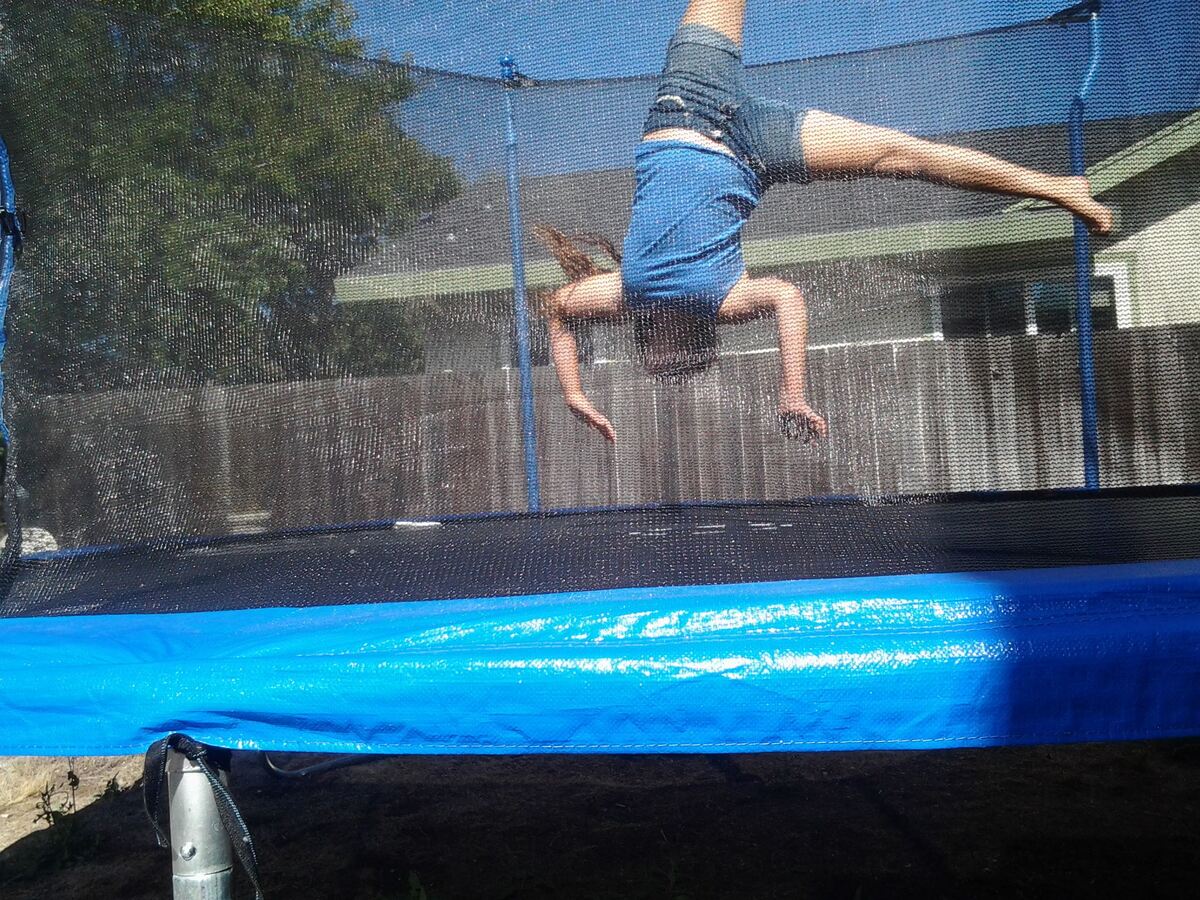

Outdoor Recreation & Activities
How To Do An Aerial On A Trampoline
Published: January 4, 2024
Learn how to perform an impressive aerial on a trampoline with our expert tips and techniques for outdoor recreation and activities. Master the art of catching air safely and stylishly!
(Many of the links in this article redirect to a specific reviewed product. Your purchase of these products through affiliate links helps to generate commission for Storables.com, at no extra cost. Learn more)
Introduction
Trampolining is an exhilarating and dynamic activity that offers a thrilling sense of weightlessness and freedom. As trampoline parks and backyard trampolines become increasingly popular, the desire to learn impressive tricks and maneuvers, such as the aerial, has surged. The aerial, a mid-air somersault performed on a trampoline, is a captivating and challenging feat that requires skill, technique, and confidence.
In this comprehensive guide, we will delve into the intricacies of executing a perfect aerial on a trampoline. Whether you’re a beginner eager to master the basics or an experienced trampolinist aiming to refine your technique, this article will provide valuable insights and practical tips to help you achieve your aerial aspirations.
Join us as we explore the fundamental principles of aerials, uncover the essential preparatory steps, and unravel the key components of a flawless execution. Additionally, we will discuss the crucial aspect of landing safely to ensure a seamless and injury-free performance. Moreover, we will share invaluable tips to help you perfect your aerial and elevate your trampolining prowess.
So, fasten your seatbelt and get ready to soar to new heights as we embark on this exhilarating journey to unravel the art of performing a breathtaking aerial on a trampoline.
Key Takeaways:
- Mastering the aerial on a trampoline requires core strength, mental focus, and technical skill. Visualize the movements, practice safely, and seek guidance to soar with grace and precision.
- Prepare for the aerial by strengthening your core, mastering trampoline basics, and visualizing the movements. Embrace resilience, practice safely, and seek professional guidance to elevate your aerial prowess.
Read more: How To Tie Aerial Hammock
Understanding the Basics of Aerials
Before attempting an aerial, it’s essential to grasp the fundamental principles and mechanics that underpin this gravity-defying maneuver. An aerial is a mid-air somersault performed on a trampoline, characterized by a seamless rotation that emanates a sense of grace and fluidity. This acrobatic feat demands a combination of athleticism, spatial awareness, and precise timing to execute it with finesse.
The aerial can be dissected into distinct phases, each of which plays a pivotal role in achieving a successful rotation. The takeoff phase involves propelling oneself into the air with controlled and explosive force, utilizing the rebounding properties of the trampoline to gain height and momentum. As the body ascends, the tucking phase comes into play, wherein the knees are drawn towards the chest to initiate the rotational motion.
During the rotation, the body undergoes a seamless somersault, with the head tucked in and the arms positioned to maintain balance and control. As the rotation nears completion, the extension phase unfolds, wherein the body gradually unfolds to prepare for a graceful landing. This sequence of movements demands coordination, core strength, and precise muscle control to execute the aerial with elegance and precision.
Furthermore, understanding the concept of rotational inertia is crucial for mastering aerials. Rotational inertia, also known as angular momentum, refers to the tendency of a rotating body to maintain its rotational motion. By harnessing this principle, trampolinists can manipulate their body’s rotational speed and axis, enabling them to execute controlled and graceful aerial maneuvers.
Additionally, developing a keen sense of spatial orientation is vital for maintaining stability and control throughout the aerial. This entails gauging the body’s position and orientation in mid-air, allowing for timely adjustments to ensure a seamless and balanced rotation. Cultivating spatial awareness is instrumental in mitigating the risk of over or under-rotation, thereby enhancing the fluidity and precision of the aerial.
By comprehending the foundational elements of aerials, trampolinists can lay a solid groundwork for honing their skills and mastering this awe-inspiring maneuver. With a firm grasp of the fundamental principles and mechanics, aspiring aerialists can embark on their journey towards executing captivating and flawless aerials with confidence and proficiency.
Preparing for the Aerial
Embarking on the exhilarating journey of mastering the aerial on a trampoline necessitates meticulous preparation and a steadfast commitment to honing one’s skills. Before delving into the execution of this gravity-defying maneuver, it is imperative to cultivate a solid foundation of physical fitness, mental preparedness, and technical proficiency.
First and foremost, developing core strength, agility, and flexibility is paramount in preparing for the aerial. Strengthening the core muscles, including the abdominal, oblique, and lower back muscles, is instrumental in facilitating controlled takeoffs, rotations, and landings. Engaging in targeted exercises such as planks, Russian twists, and leg raises can fortify the core, enhancing stability and control during the aerial.
Furthermore, cultivating agility and flexibility through dynamic stretching and mobility exercises is crucial for optimizing the body’s range of motion and fluidity of movement. Incorporating dynamic stretches, such as leg swings, arm circles, and hip rotations, can enhance joint mobility and muscle elasticity, enabling trampolinists to execute seamless rotations and transitions with ease.
Mental preparedness is equally vital in preparing for the aerial, as it fosters focus, confidence, and a resilient mindset. Visualizing the aerial in intricate detail, envisioning the takeoff, rotation, and landing, can bolster mental acuity and fortify the mind-body connection. Additionally, cultivating a positive and resilient mindset, embracing setbacks as learning opportunities, and nurturing a sense of determination are pivotal in overcoming challenges and refining one’s aerial prowess.
Technical proficiency in trampolining fundamentals, including mastering basic jumps, tucks, and rotations, lays the groundwork for executing a seamless and controlled aerial. Prior to attempting the aerial, aspiring trampolinists should familiarize themselves with foundational techniques, such as the seat drop, front drop, and back drop, to develop a comprehensive understanding of body positioning, timing, and coordination.
Equally crucial is familiarizing oneself with the rebounding properties of the trampoline and honing the ability to harness its energy to achieve optimal height and momentum. Understanding the nuances of timing and propulsion, and learning to synchronize one’s movements with the trampoline’s rebound, are pivotal in executing powerful and controlled takeoffs essential for the aerial.
By diligently preparing the body, mind, and technical acumen, aspiring aerialists can lay a robust foundation for embarking on the exhilarating pursuit of mastering the aerial. Through dedicated training, mental fortitude, and a comprehensive understanding of trampolining fundamentals, trampolinists can position themselves for success as they endeavor to conquer the skies with the breathtaking and awe-inspiring aerial.
Executing the Aerial
The execution of an aerial on a trampoline demands a harmonious fusion of athleticism, precision, and artistry. Aspiring aerialists must approach this gravity-defying maneuver with confidence, unwavering focus, and a keen understanding of the sequential movements that culminate in a flawless rotation. Let’s unravel the intricate steps involved in executing a captivating aerial with finesse and grace.
The takeoff phase serves as the launching pad for the aerial, propelling the trampolinist into the ethereal realm of mid-air acrobatics. To initiate the takeoff, the trampolinist assumes a strong and balanced stance, arms raised overhead, and harnesses the trampoline’s rebounding force by driving through the balls of the feet with explosive power. The upward propulsion is accentuated by a swift and synchronized arm swing, further amplifying the ascent into the aerial trajectory.
As the body ascends, the tucking phase comes into play, marking the inception of the aerial rotation. With precision and agility, the trampolinist swiftly draws their knees towards the chest, assuming a compact and aerodynamic tuck position. This seamless tucking motion initiates the rotational momentum, propelling the body into a graceful and controlled somersault as it traverses the celestial expanse of the trampoline.
Amidst the mid-air reverie, maintaining a tucked and symmetrical body position is paramount in ensuring a fluid and balanced rotation. The trampolinist assumes a tight tuck, with the arms positioned to maintain stability and control, and the head tucked in to facilitate a seamless rotation. This phase demands unwavering focus, spatial awareness, and precise muscle control to navigate the aerial’s celestial choreography with finesse and grace.
As the rotation nears completion, the extension phase unfolds, heralding the denouement of the aerial’s aerial symphony. With grace and poise, the trampolinist gradually extends their body, unwinding from the tuck position to assume an elegant and poised posture. This deliberate extension sets the stage for a graceful and controlled descent, culminating in a seamless reunion with the trampoline’s buoyant embrace.
Executing a flawless aerial on a trampoline is a testament to the trampolinist’s athleticism, precision, and artistry. By mastering the sequential movements of the takeoff, tucking, mid-air rotation, and extension, aspiring aerialists can orchestrate a captivating aerial performance that resonates with grace, fluidity, and unwavering finesse.
To do an aerial on a trampoline, focus on jumping high and tucking your knees to your chest. Use your arms to help rotate your body and spot your landing. Practice on a lower bounce before trying it at full height.
Landing Safely
The culmination of an aerial on a trampoline is marked by the pivotal phase of landing, wherein the trampolinist transitions from the celestial realm of mid-air acrobatics to the secure embrace of the trampoline’s surface. Landing safely and seamlessly is paramount in ensuring a successful and injury-free culmination of the aerial. Let’s delve into the essential considerations and techniques for executing a graceful and secure landing following an awe-inspiring aerial performance.
As the trampolinist nears the completion of the aerial rotation, maintaining a keen awareness of their orientation and spatial positioning is crucial in preparing for the impending landing. By gauging the rotation’s timing and the trampoline’s proximity, the trampolinist can anticipate the optimal moment to initiate the transition from mid-air flight to a poised and controlled descent.
Upon nearing the completion of the rotation, the trampolinist strategically extends their body, gradually unwinding from the tucked position to assume an elongated and poised posture. This deliberate extension serves to decelerate the rotational motion and prepare the body for a seamless and graceful reunion with the trampoline’s surface.
As the trampolinist descends towards the trampoline, maintaining a soft and cushioned landing is essential in mitigating impact and ensuring a smooth transition from mid-air flight to ground contact. By bending the knees upon contact with the trampoline, the trampolinist absorbs the landing’s impact, distributing the force across the lower body and minimizing stress on the joints and musculature.
Furthermore, maintaining a strong and balanced stance upon landing is instrumental in fostering stability and control. The trampolinist engages the core muscles and maintains an upright posture, channeling the body’s momentum into a controlled and graceful landing. By cultivating a keen sense of body awareness and spatial orientation, the trampolinist can seamlessly transition from mid-air flight to a poised and secure stance upon the trampoline’s surface.
Executing a safe and graceful landing following an aerial on a trampoline is a testament to the trampolinist’s precision, spatial awareness, and technical proficiency. By mastering the art of landing, aspiring aerialists can conclude their awe-inspiring aerial performances with elegance, finesse, and a seamless transition from mid-air flight to a secure embrace of the trampoline’s buoyant expanse.
Read more: How To Rig Aerial Hammock
Tips for Perfecting Your Aerial
Perfecting the art of executing a flawless aerial on a trampoline is a journey that demands dedication, perseverance, and a commitment to continuous improvement. Aspiring aerialists can elevate their trampolining prowess and refine their aerial performances by integrating the following invaluable tips and insights into their training regimen.
- Focus on Core Strength and Flexibility: Strengthening the core muscles and enhancing flexibility are pivotal in optimizing the body’s stability, control, and range of motion during the aerial maneuver. Incorporate targeted exercises such as planks, leg raises, and dynamic stretching to fortify the core and enhance agility.
- Visualize the Aerial: Mental imagery and visualization play a crucial role in honing the aerial technique. Visualize each phase of the aerial in intricate detail, envisioning the takeoff, rotation, and landing to bolster mental acuity and fortify the mind-body connection.
- Master the Fundamentals: Prioritize mastering foundational trampolining techniques, including basic jumps, tucks, and rotations, to cultivate a comprehensive understanding of body positioning, timing, and coordination essential for executing a seamless aerial.
- Harness the Trampoline’s Rebound: Familiarize yourself with the rebounding properties of the trampoline and learn to synchronize your movements with its energy to achieve optimal height and momentum for a powerful and controlled takeoff.
- Cultivate Spatial Awareness: Develop a keen sense of spatial orientation to gauge your body’s position and orientation in mid-air, enabling timely adjustments to ensure a balanced and controlled rotation throughout the aerial maneuver.
- Seek Professional Guidance: Enlist the expertise of experienced trampolining instructors or coaches to receive personalized guidance, constructive feedback, and tailored training regimens to enhance your aerial proficiency.
- Embrace Persistence and Resilience: Embrace setbacks as learning opportunities and maintain a resilient mindset as you navigate the challenges of perfecting the aerial. Persistence, determination, and a positive outlook are instrumental in overcoming obstacles and refining your aerial prowess.
- Film and Review Your Performances: Utilize video recordings to capture your aerial performances and review them meticulously to identify areas for improvement, refine your technique, and enhance the fluidity and grace of your aerial maneuvers.
- Practice with Safety Precautions: Prioritize safety by practicing under the supervision of qualified instructors, adhering to trampoline park safety guidelines, and utilizing appropriate landing mats and safety equipment to mitigate the risk of injuries during aerial training.
By integrating these tips into your training regimen and approaching the pursuit of mastering the aerial with dedication and enthusiasm, you can elevate your trampolining prowess and embark on a transformative journey towards executing captivating and flawless aerial maneuvers with finesse, grace, and unwavering precision.
Conclusion
Embarking on the exhilarating endeavor of mastering the aerial on a trampoline is a transformative journey that beckons aspiring trampolinists to soar to new heights and unravel the art of mid-air acrobatics. The aerial, characterized by its seamless rotation and captivating grace, encapsulates the essence of athleticism, precision, and artistry, inviting trampolinists to embark on a quest for mastery that transcends the bounds of gravity.
By delving into the fundamental principles of aerials, understanding the intricacies of preparation, execution, and safe landing, and integrating invaluable tips and insights into their training regimen, aspiring aerialists can chart a course towards honing their skills and perfecting this awe-inspiring maneuver. Through dedication, perseverance, and a commitment to continuous improvement, trampolinists can elevate their aerial performances, infusing each rotation with grace, finesse, and unwavering precision.
The journey to perfecting the aerial is not merely a pursuit of technical proficiency, but a testament to the indomitable spirit of human ambition and the boundless potential for artistic expression. Each aerial performance unfolds as a symphony of athleticism and artistry, resonating with the harmonious fusion of physical prowess, spatial awareness, and the sheer joy of defying gravity.
As aspiring aerialists navigate this transformative journey, they are invited to embrace resilience, persistence, and an unwavering commitment to their craft. Setbacks become stepping stones, challenges fuel determination, and each rotation becomes a canvas for self-expression and personal growth. The pursuit of mastering the aerial transcends the confines of the trampoline, echoing the timeless pursuit of excellence and the enduring quest to push the boundaries of human potential.
So, as you stand poised at the precipice of the trampoline, ready to launch into the celestial expanse of mid-air acrobatics, remember that the pursuit of mastering the aerial is not solely about defying gravity—it’s about discovering the boundless potential that resides within you, waiting to be unleashed with each graceful rotation and each triumphant landing.
Embrace the journey, savor the exhilarating flight, and revel in the artistry of the aerial. For within each seamless rotation lies the embodiment of human ambition, resilience, and the timeless pursuit of soaring to new heights—both on the trampoline and beyond.
Frequently Asked Questions about How To Do An Aerial On A Trampoline
Was this page helpful?
At Storables.com, we guarantee accurate and reliable information. Our content, validated by Expert Board Contributors, is crafted following stringent Editorial Policies. We're committed to providing you with well-researched, expert-backed insights for all your informational needs.
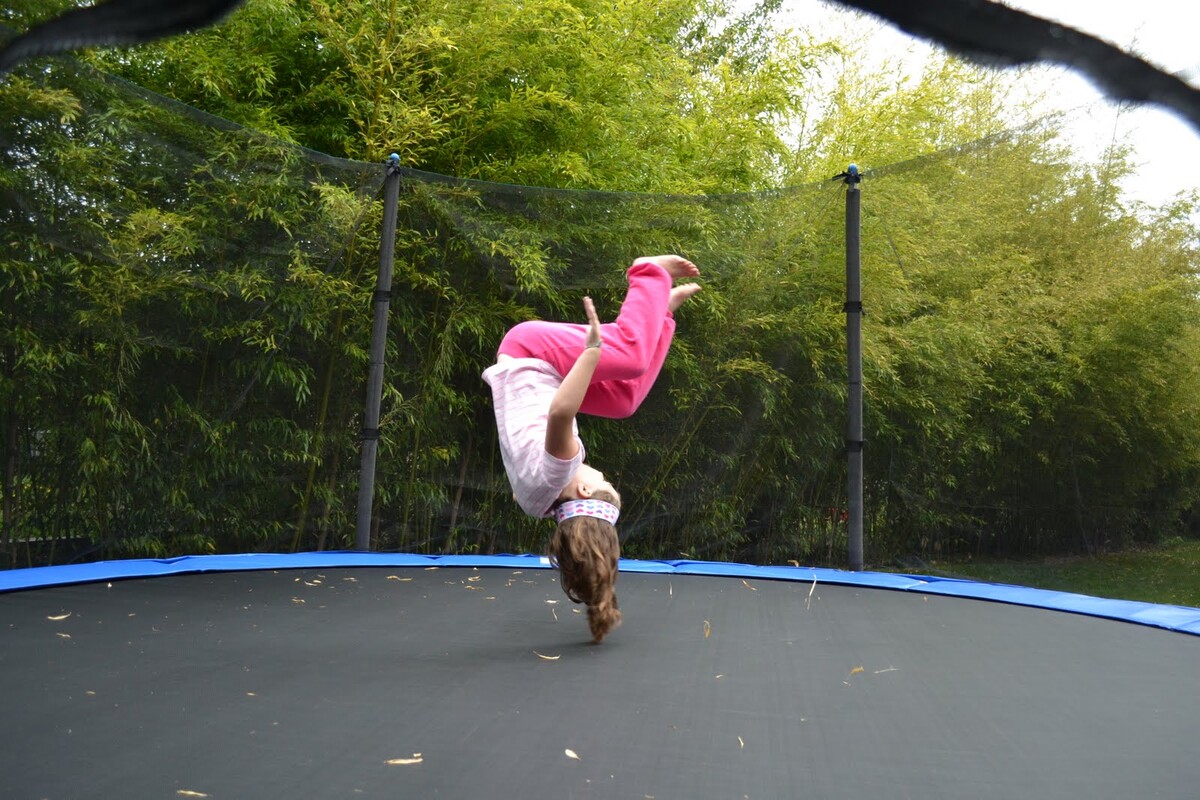
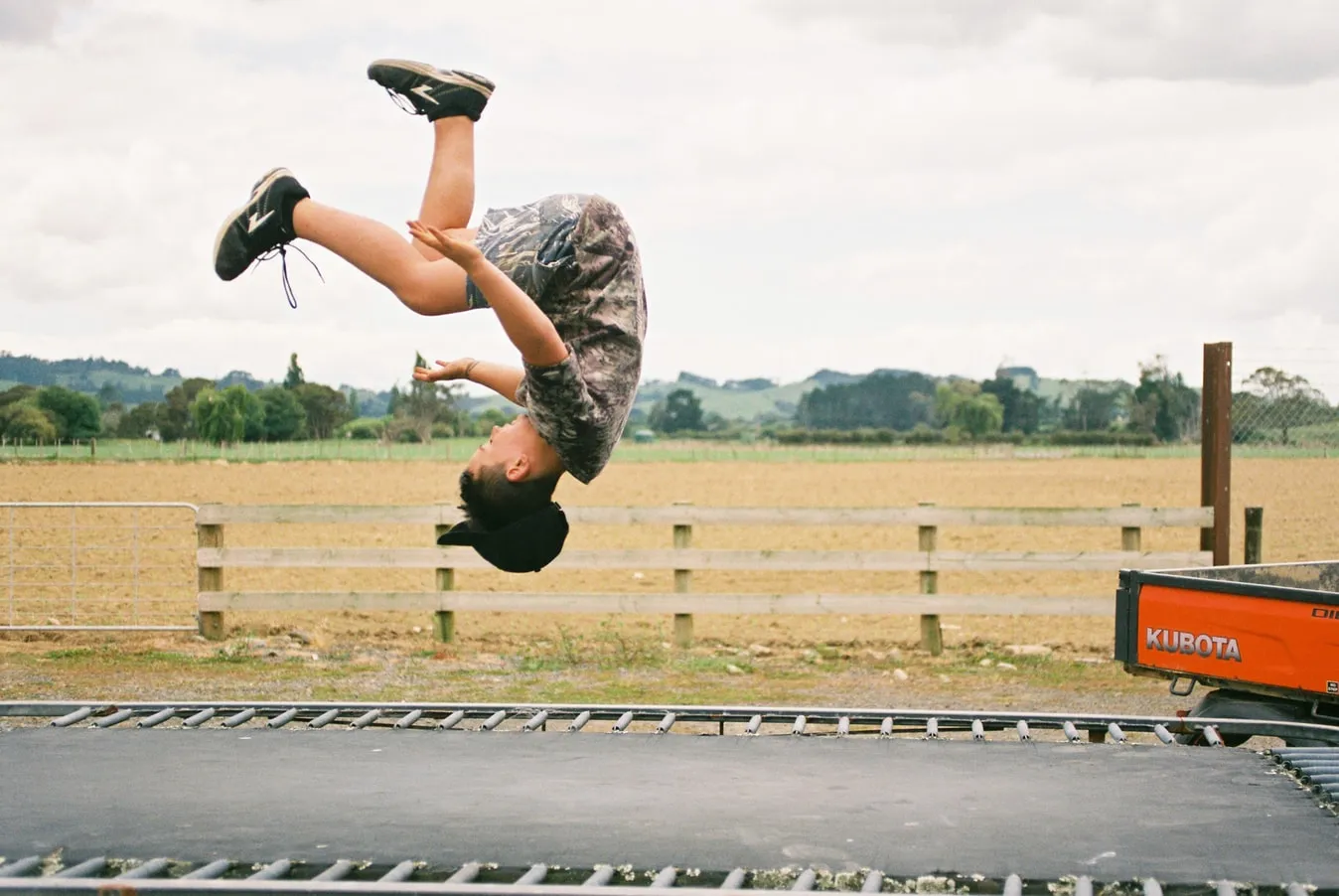
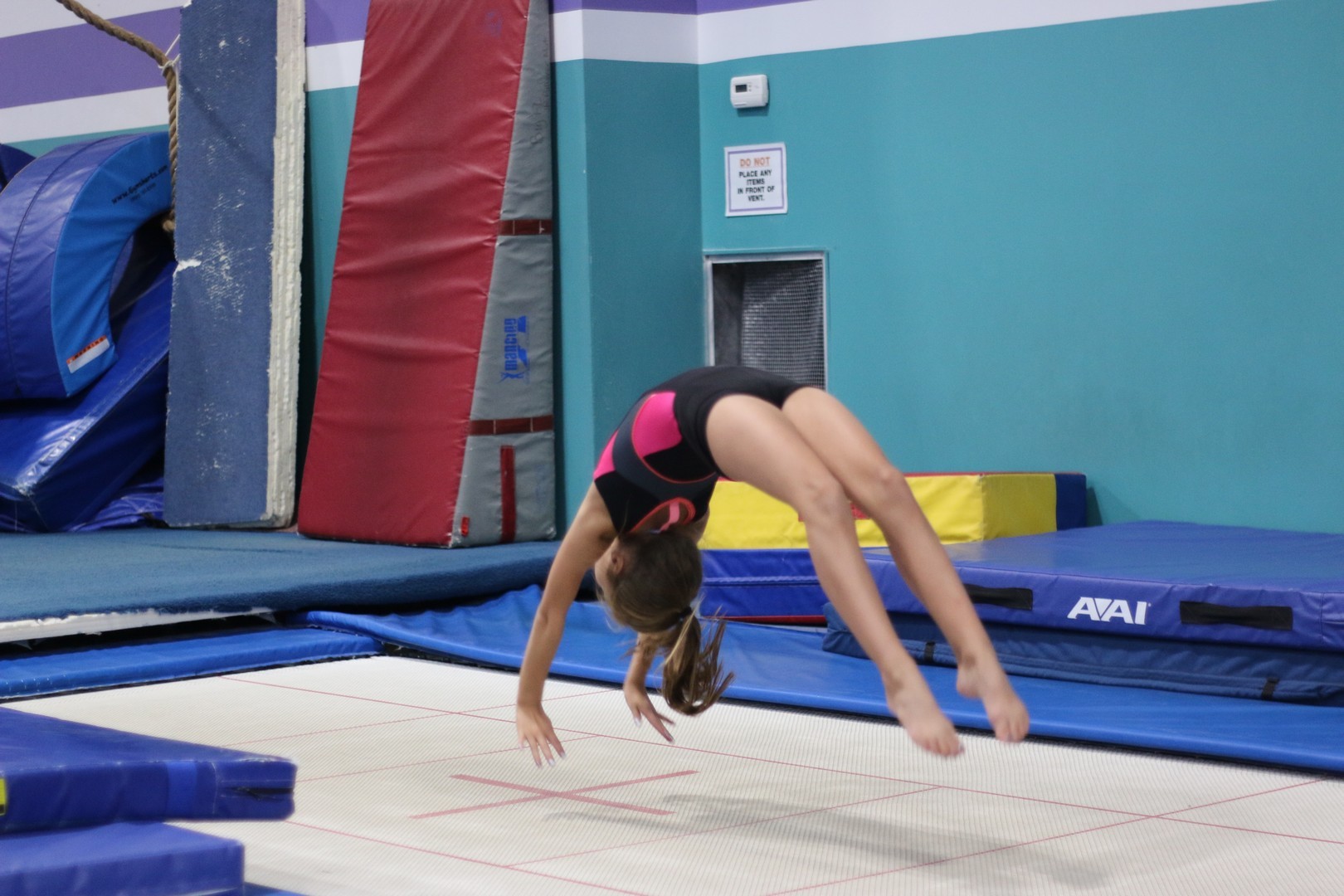
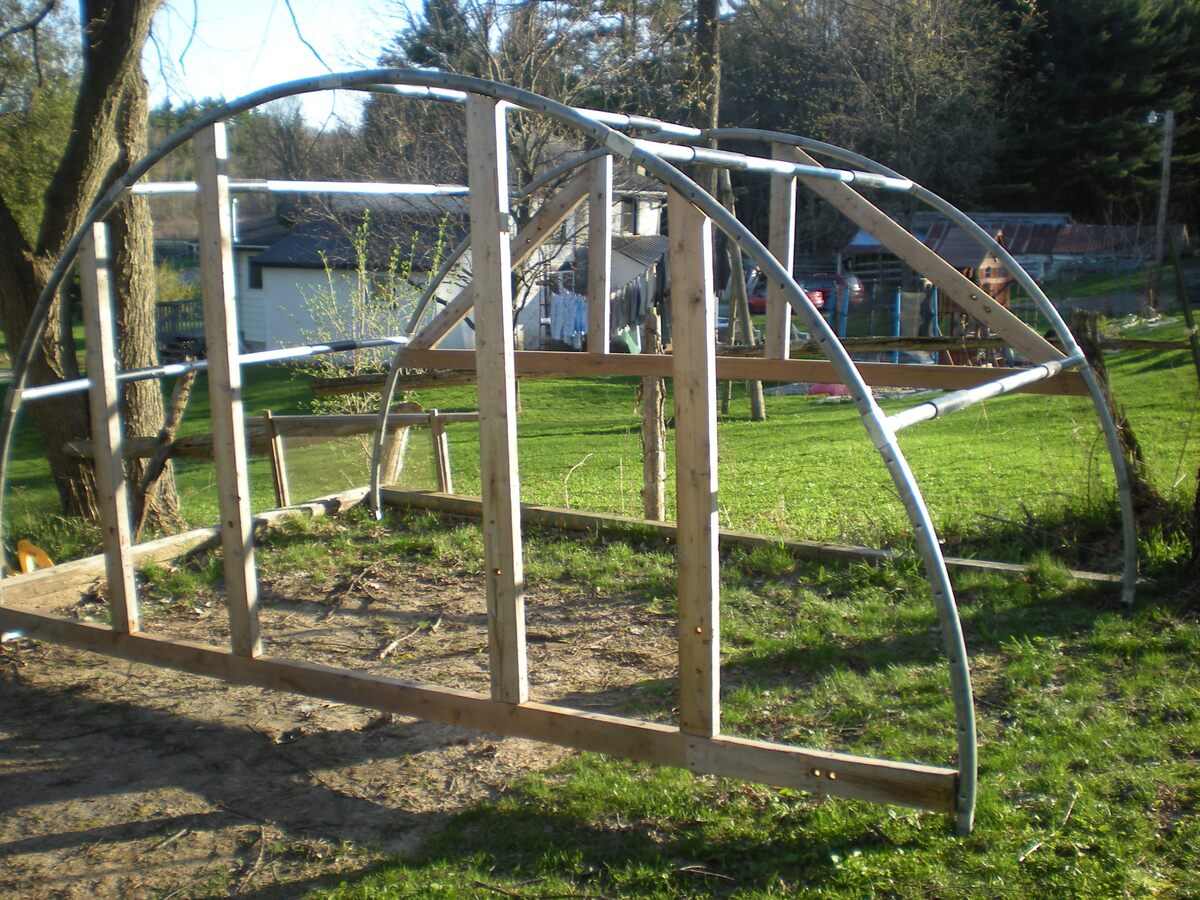


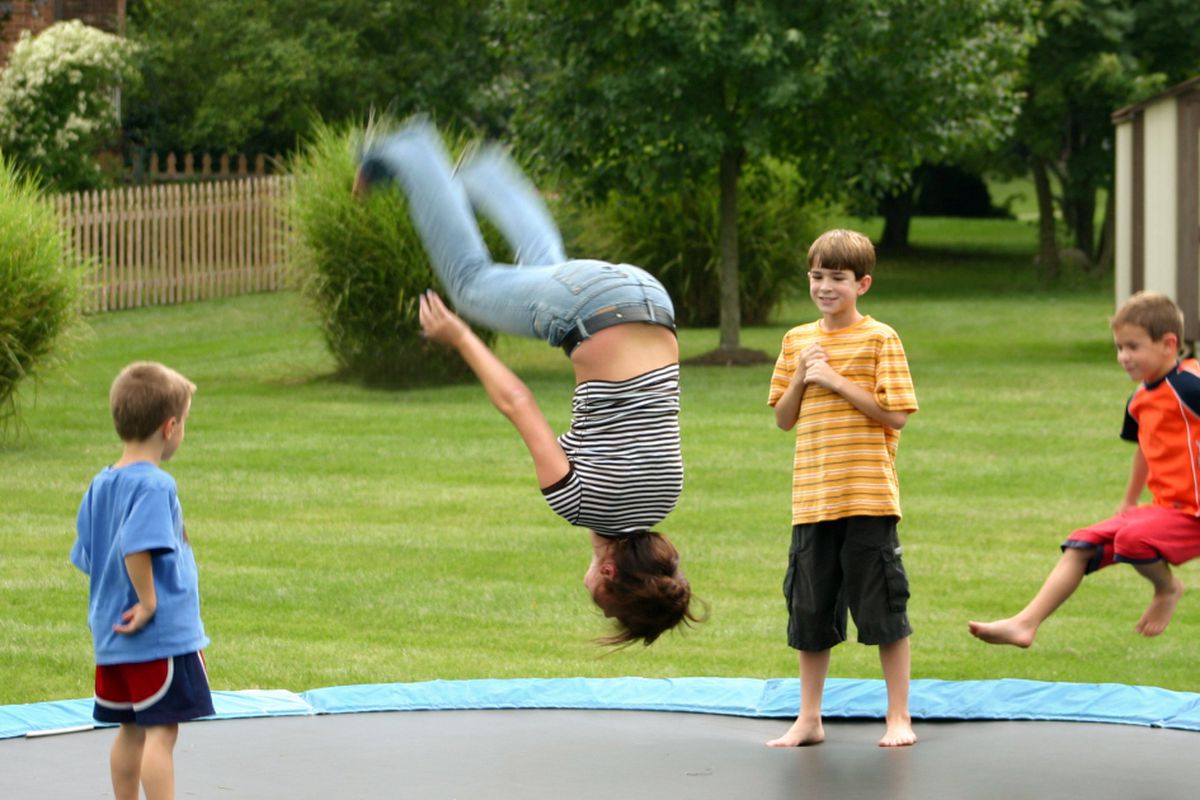
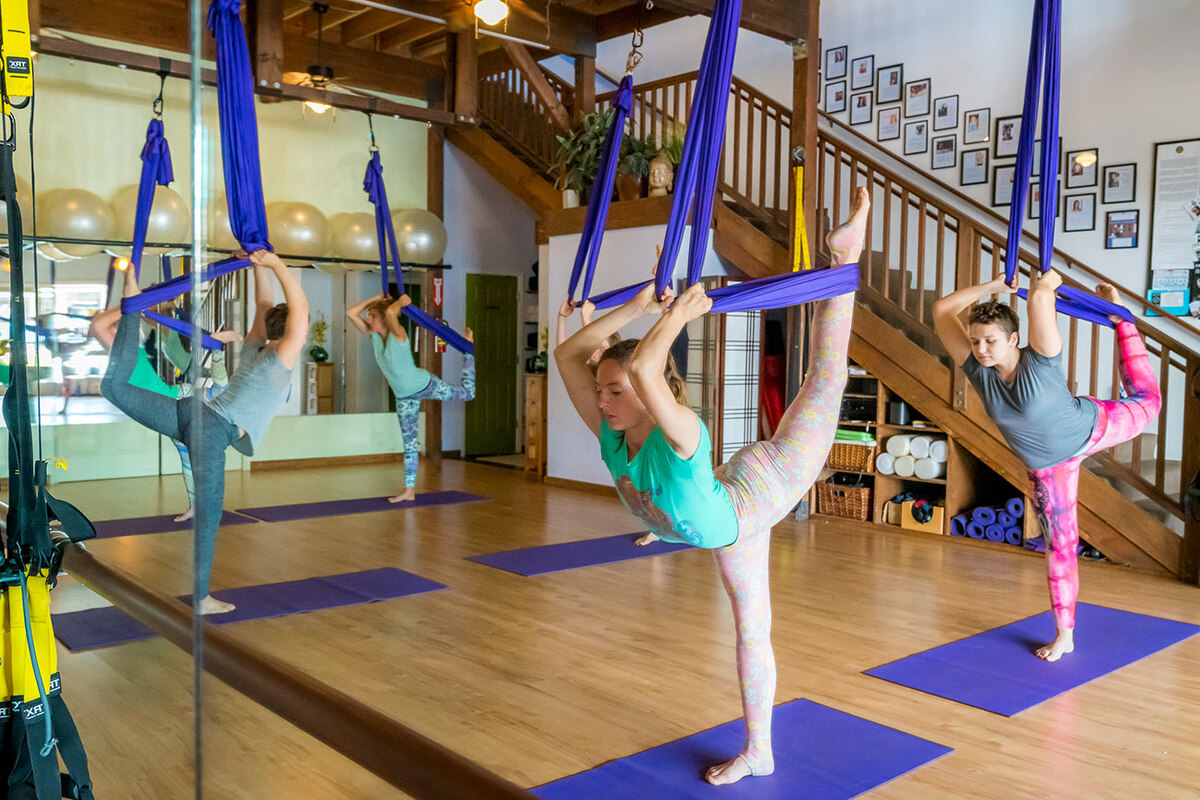
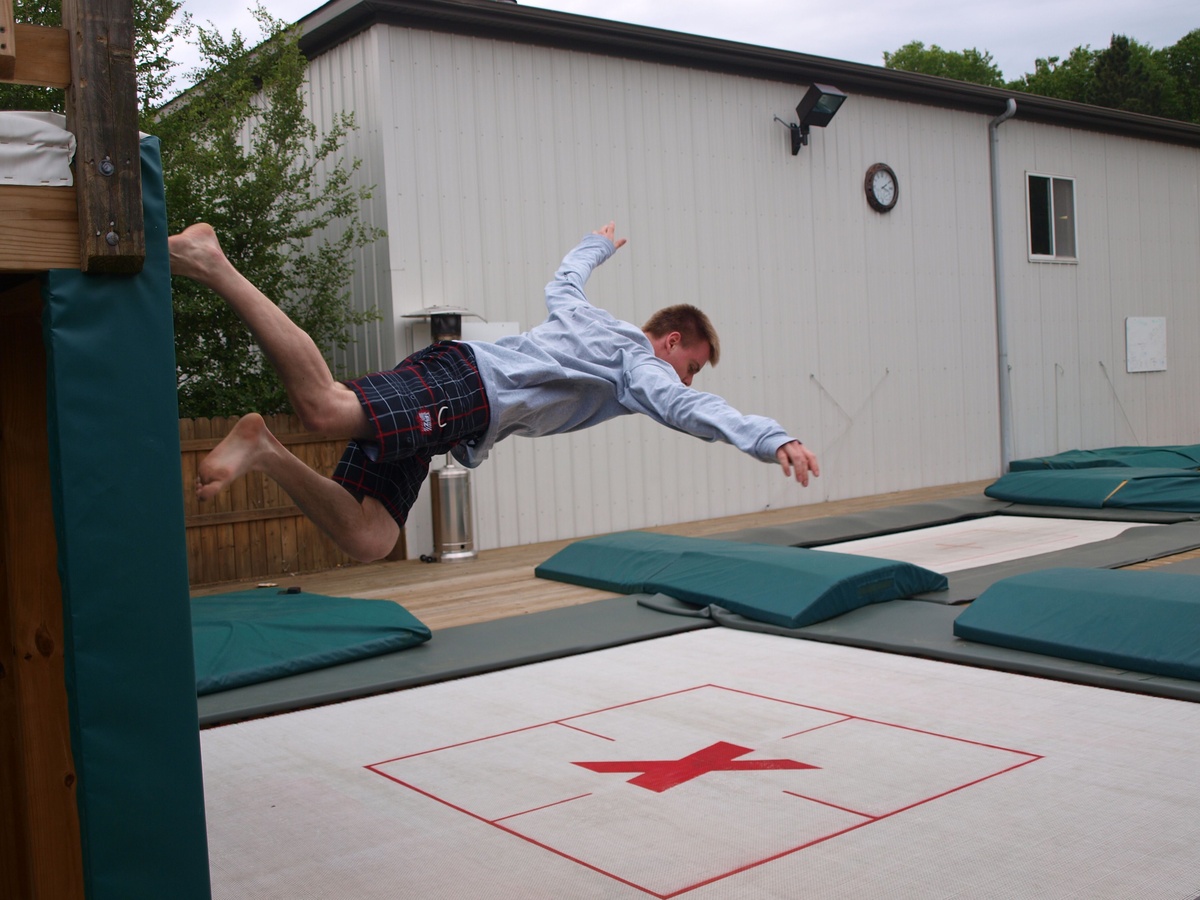
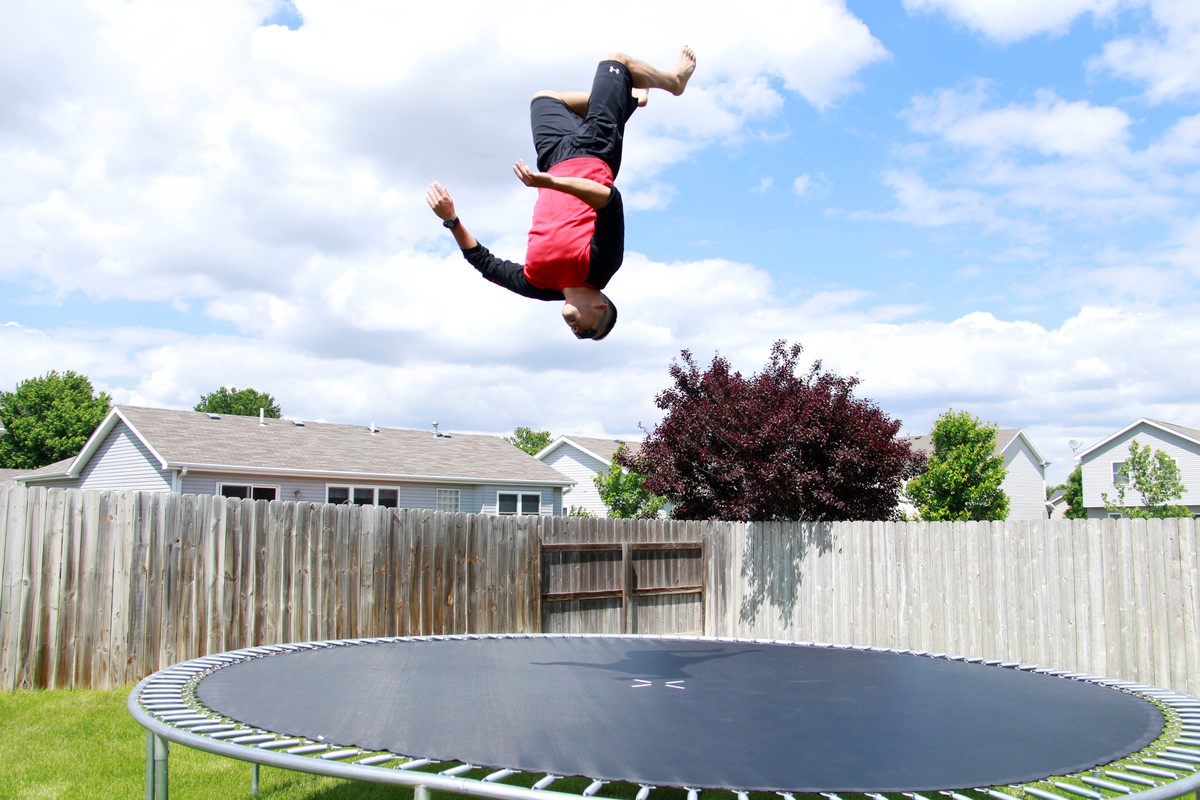

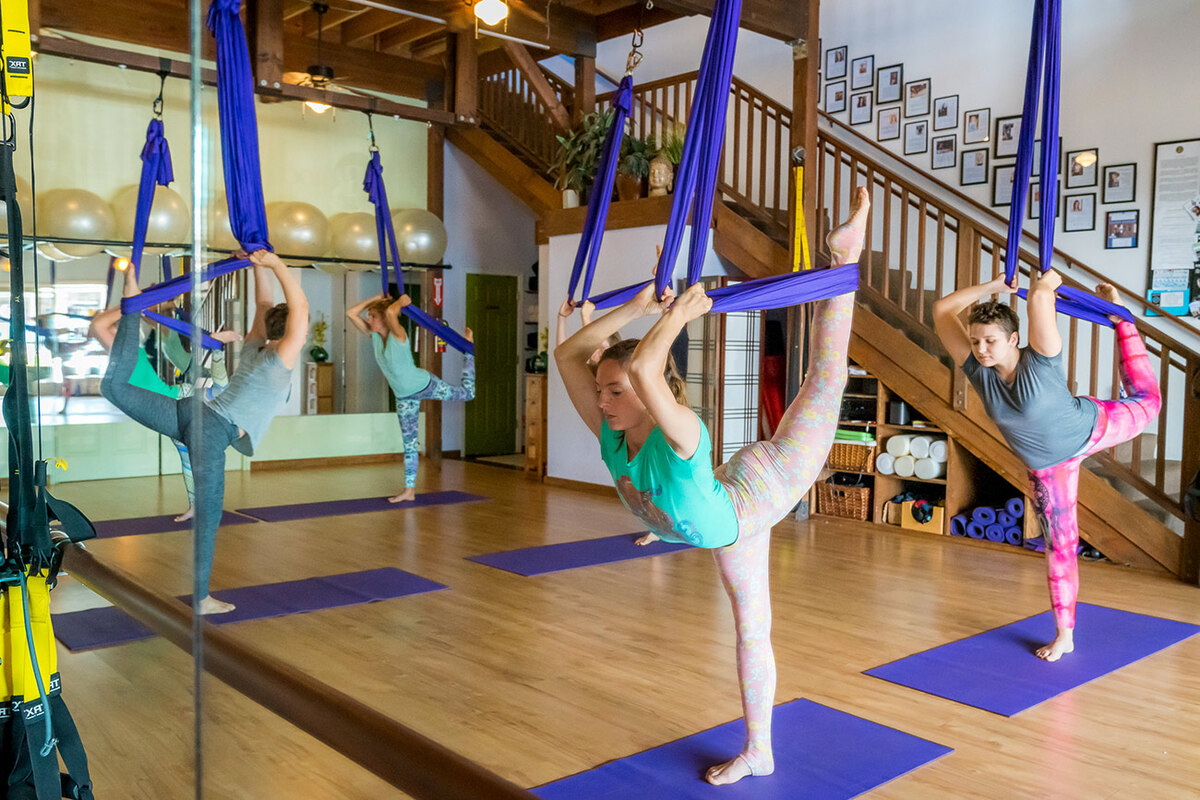

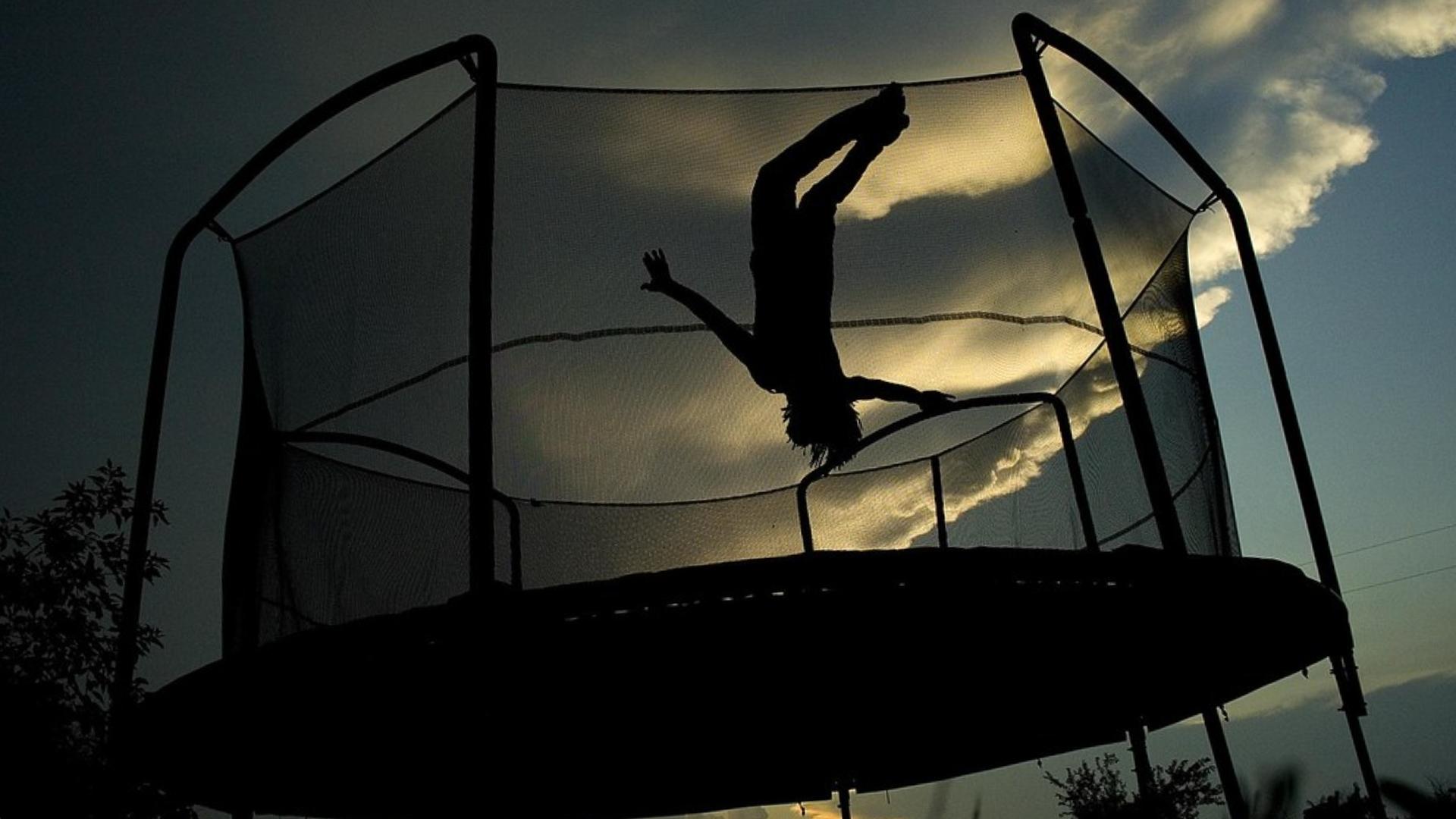

0 thoughts on “How To Do An Aerial On A Trampoline”